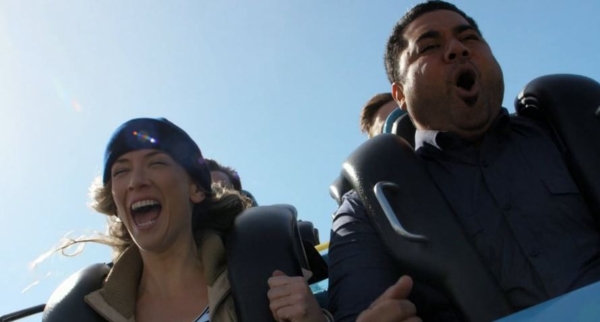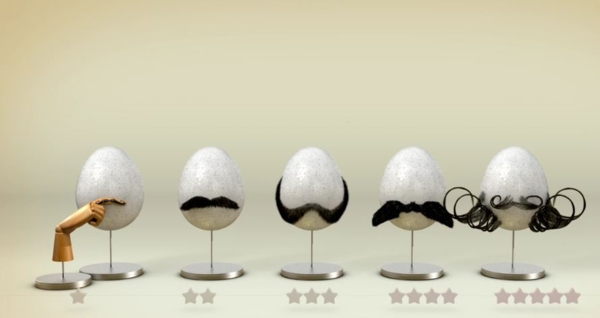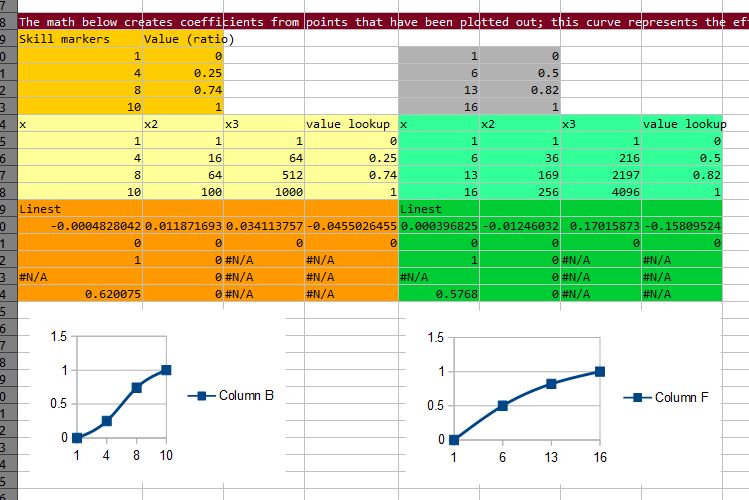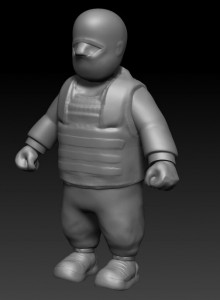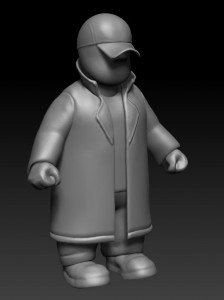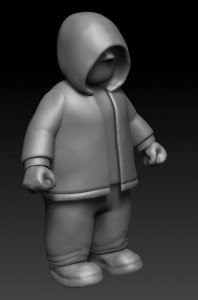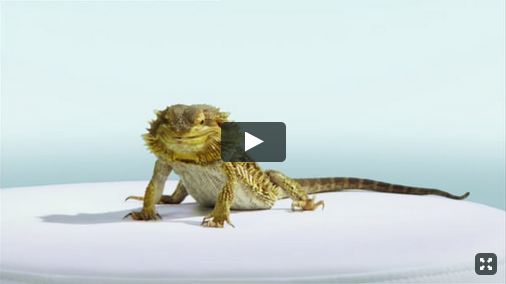
This is a very old (almost 3 years) project. This was a series of animals being interviewed: a lizard, a hairy pig, a sheep, and a possum. I had worked on the lizard, and the pig, too. We said, “just shoot a pig without hair; pigs don’t usually have hairs anyway”. Then, of all the kinds of pigs to shoot — man alive — they had to shoot a hairy pig. Just brilliant.
For the lizard, I had gone to a recce earlier to the owner of the lizard, and shot my reference photographs there. The reference photographs were primarily used to construct the head model. It was partly used, in combination with the actual graded footage, to texture project back to the model. The lizard was straightforward enough to do, helped by the fact that it wasn’t fidgeting around.
But, on the other hand, the pig, for some reason or other, was being fed by the trainer while shooting — perhaps to keep it from going nuts — and thus kept chewing; its head kept bobbing around. Not that it was an issue of object tracking, but the fact that the pig was supposed to be talking. It was not possible to remove the bobbing even after the mouth was replaced, so the net effect looked like the pig was suffering from some uncontrollable spasm during its interview. I can’t find the video anywhere online; it would have been a good laugh.
Furthermore, because it was a hairy pig, projections didn’t completely do the trick. Poly planes were used to create hairs and break the silhouette to make it work. In my opinion, however, it wasn’t that effective. Unfortunately, there was no time to get into it. I think I spent a week per character and sleeping at the office for several nights.
In this project, we decided to let one artist handle one or two whole characters, as opposed to multiple people going through each animal. However, if memory serves, I did all the head object tracking. And then for the rest, we concentrated on our assigned characters: modelling, rigging, animating, texturing, etc. We also did our work comps, but it had ultimately gone to the Flame suites to be graded in.
